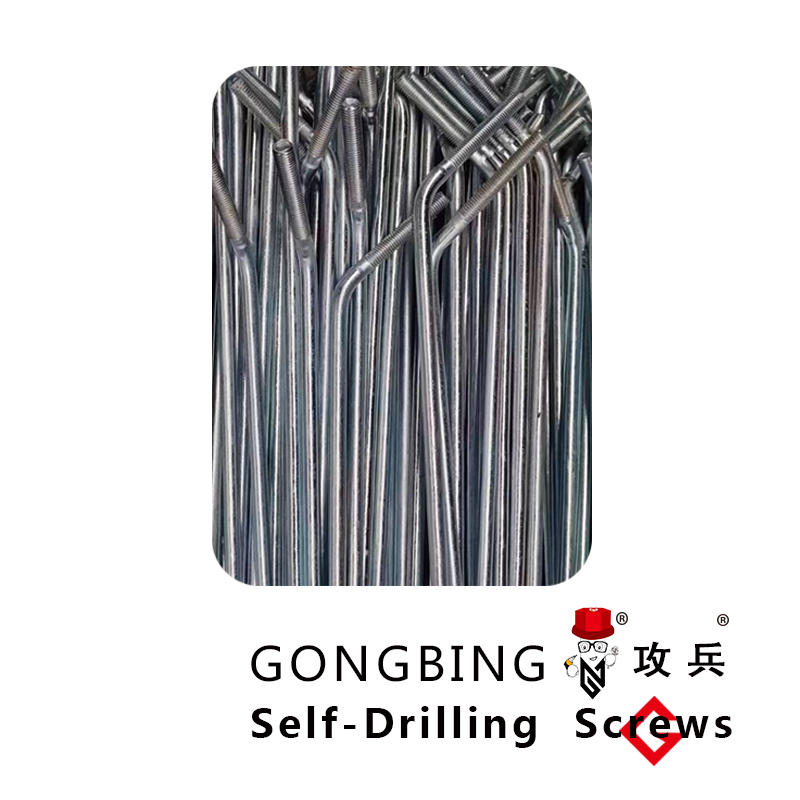Exploring Expansion Bolts and Shielding Solutions for Enhanced Structural Stability
Understanding Expansion Bolt and Shield Essential Components for Secure Fixtures
In the realm of construction and engineering, the integrity and safety of structures significantly depend on the quality of fastening systems used. Among these systems, expansion bolts and shields have emerged as pivotal components that ensure secure anchoring in various substrates. This article delves into the characteristics, applications, and installation techniques of expansion bolts and shields, highlighting their importance in construction and various industries.
What are Expansion Bolts?
Expansion bolts are specialized fasteners primarily designed for heavy-duty anchoring applications. Unlike standard bolts, which rely solely on tension for holding, expansion bolts utilize a unique mechanism wherein the bolt expands when it is tightened, creating a firm grip within a pre-drilled hole. This feature allows them to handle substantial loads and resist pull-out forces, making them ideal for use in concrete, masonry, and even solid rock.
There are various types of expansion bolts, including wedge anchors, sleeve anchors, and drop-in anchors, each possessing distinct features suited for different applications. For example, wedge anchors are widely used for securing heavy machinery to concrete floors, while sleeve anchors are versatile and can be used in both solid and hollow materials.
Understanding Shields
Shields, often referred to as anchor shields, are cylindrical devices inserted into a drilled hole before the expansion bolt is inserted. The primary purpose of a shield is to provide additional support and stability for the bolt, mainly when used in softer materials like brick or plaster. When the bolt is tightened, the shield expands, compressing against the hole's walls. This mechanism enhances the load-bearing capability and minimizes the risk of the bolt pulling out, particularly in situations where lateral or shear forces may be present.
Applications of Expansion Bolts and Shields
The versatility of expansion bolts and shields has led to their widespread use in various industries. Key applications include
1. Construction Used for mounting structural supports, such as steel beams, brackets, and heavy machinery in concrete and masonry structures.
2. Electrical Works Ideal for securing conduit and electrical boxes onto walls or ceilings, ensuring both safety and durability.
3. HVAC Installations Commonly used in the installation of air conditioning units and ductwork, where reliable fastening is critical for system performance.
expansion bolt and shield

5. Manufacturing and Assembly Employed in assembling machinery and equipment, where precise positioning and secure fastening are paramount.
Installation Techniques
Proper installation of expansion bolts and shields is crucial for achieving optimal performance. Here’s a step-by-step guide to the installation process
1. Site Preparation Before beginning installation, ensure the area is clean and free of debris that could interfere with the fastening process.
2. Drilling the Hole Use a hammer drill to create a hole of appropriate diameter and depth based on the specifications of the expansion bolt and shield being used. The hole should match the manufacturer's recommendations to ensure proper fit and performance.
3. Inserting the Shield Gently tap the shield into the drilled hole until it is flush with the surface. Ensure that it is positioned correctly, as misalignment can lead to inadequate anchoring.
4. Inserting the Bolt Thread the expansion bolt into the shield, ensuring it is aligned properly.
5. Tightening Gradually tighten the bolt using a ratchet or wrench. As you tighten, the expansion mechanism will engage, firmly securing the shield against the surrounding material.
6. Final Checks After installation, check for stability and security by gently tugging on the fixture to ensure it is firmly anchored.
Conclusion
Expansion bolts and shields are indispensable components in modern construction and engineering, providing the reliability and strength needed for various applications. By understanding their functionality, applications, and proper installation techniques, professionals can ensure the safety and durability of their projects. Whether in construction, manufacturing, or any industry requiring secure fastening, the use of expansion bolts and shields cannot be overstated as they contribute to the overall integrity of structures and systems.
-
Weatherproof Plastic Expansion Anchors for OutdoorNewsJun.06,2025
-
Sustainability in the Supply Chain: Eco-Friendly TEK Screws ProductionNewsJun.06,2025
-
Load-Bearing Capacity of External Insulation FixingsNewsJun.06,2025
-
Double Head Bolts: Enhancing Efficiency in Industrial MachineryNewsJun.06,2025
-
Corrosion Resistance in Chipboard Screws: Coatings for Wholesale DurabilityNewsJun.06,2025
-
Butterfly Toggle Bolts : Enhancing Structural ResilienceNewsJun.06,2025
